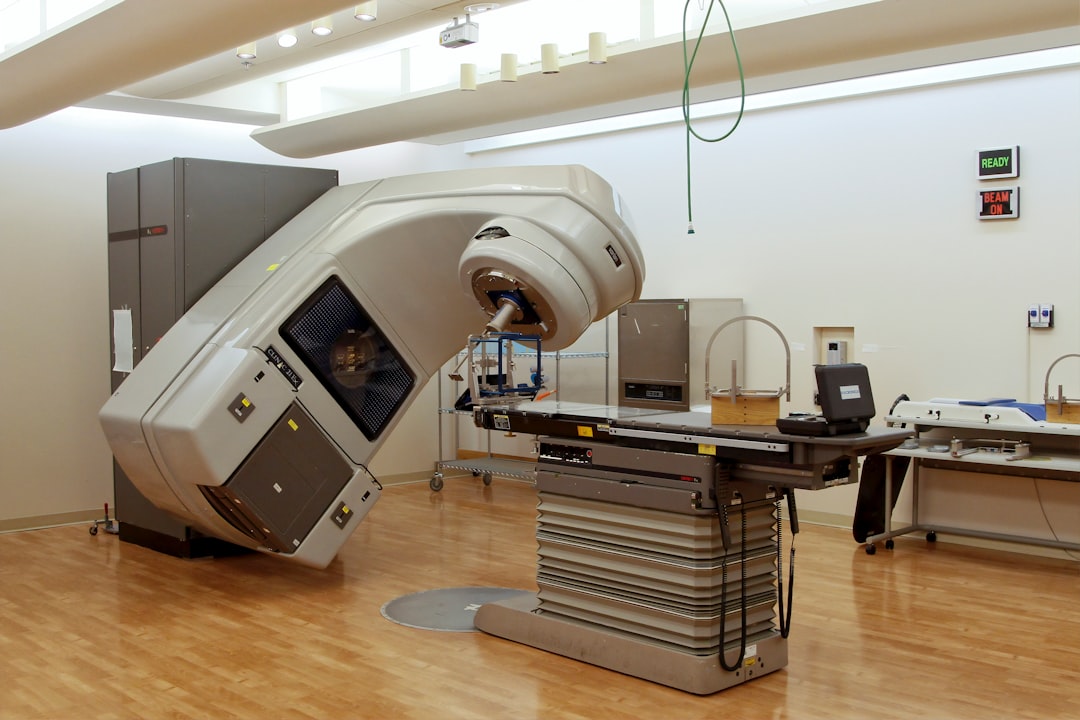What is it about?
Substance P has been proved an important neurotransmitter and neuromodulator, serving not only as an excitatory transmitter of the first afferent synapse of pain pathways but as a valuable neuromodulator in the primary cortical areas of sensosensorial integration. In the human acoustic cortex, substance P has been found in the presynaptic terminals as well as in the cell bodies of numerous polyhedral, triangular and bipolar neurons. Using histochemical techniques, we found recently that substance P is first accumulated in the neuronal elements of the human acoustic cortex in 18-gestational-week (GW) fetuses. Most of substance P is distributed in the neurons of the 3rd and 4th cortical layers, mainly in the cell bodies, the initial part of the axons and the axonic terminals. In 24-GW fetuses, substance P is found in the 2nd cortical area inside the cell body of the granular and bipolar neurons. In 28-GW fetuses, substance P is found in the pre- and postsynaptic terminals. We would suggest that substance P is accumulated increasingly as a function of the neuronal maturity of the primary acoustic cortical area, serving mainly as a neuromodulator.
Featured Image
Why is it important?
The presence of substance P in a substantial number of cortical neurons constitutes firm evidence that it might play an important role in the primary sensosensorial memory and in a further analysis of the perception, since the primary reception of the external stimuli via the specific sensorial organs is a process of continuous neuronal interaction, registration, analysis, codification and critical revision, which take place mainly at the cortical level. We would suggest that substance P is accumulated increasingly as a function of the neuronal maturity of the primary acoustic cortical area, serving mainly as a neuromodulator.
Perspectives
In previous studies, it has been suggested that substance P is not a simple nociceptive transmitter, or a simple peptide analysing noxious stimuli, but rather an important neuropeptide, participating in the perception and cognition of the specific sensorial stimuli. We know now that its presence is preprogrammed even in the prenatal period of human life. Since substance P co-exists with 5-hydroxytryptamine, it might be thought that the more primitive serotonergic neurons might be converted to peptide-ergic neurons participating in the overall substance P-ergic system of the brain. At a rather early stage in human life, the pattern of the long and short neuronal circuits is already plotted, regulating the communication of the human being with the external world after an elaborate perception and cognition of the external stimuli.
Professor Stavros J Baloyannis or Balogiannis or Balojannis or Baloyiannis or Mpalogiannis
Aristotle University of Thessaloniki
Read the Original
This page is a summary of: Substance P in the Acoustic Area of the Cortex during Neuronal Development and Maturation, Acta Oto-Laryngologica, January 1989, Taylor & Francis,
DOI: 10.3109/00016488909127525.
You can read the full text:
Resources
Contributors
The following have contributed to this page










